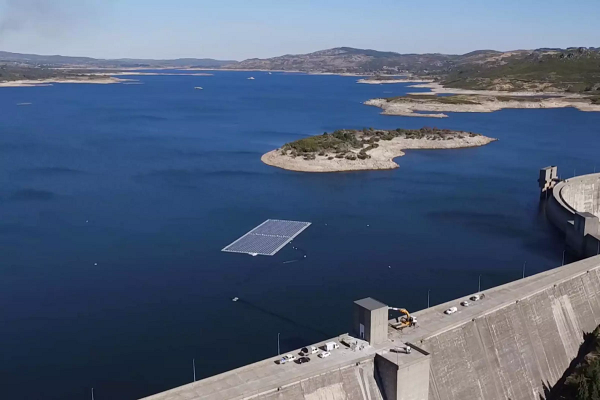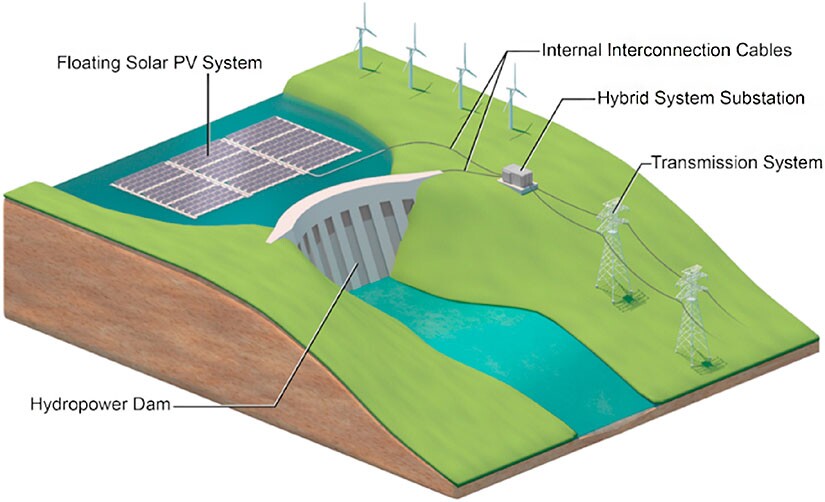
Breaking News
 James O'Keefe: My entire speech at AmericaFest 2025. We're not stopping. Join us to expose..
James O'Keefe: My entire speech at AmericaFest 2025. We're not stopping. Join us to expose..
 U.S. vs. Chinese Military Comparison – Focus on Asia-Taiwan Scenario
U.S. vs. Chinese Military Comparison – Focus on Asia-Taiwan Scenario
 DoJ Sues Four More States for Failing To Produce Voter-roll Data
DoJ Sues Four More States for Failing To Produce Voter-roll Data
 World's Largest Aviation Giant Abandons Google Over Security Concerns
World's Largest Aviation Giant Abandons Google Over Security Concerns
Top Tech News
 Perfect Aircrete, Kitchen Ingredients.
Perfect Aircrete, Kitchen Ingredients.
 Futuristic pixel-raising display lets you feel what's onscreen
Futuristic pixel-raising display lets you feel what's onscreen
 Cutting-Edge Facility Generates Pure Water and Hydrogen Fuel from Seawater for Mere Pennies
Cutting-Edge Facility Generates Pure Water and Hydrogen Fuel from Seawater for Mere Pennies
 This tiny dev board is packed with features for ambitious makers
This tiny dev board is packed with features for ambitious makers
 Scientists Discover Gel to Regrow Tooth Enamel
Scientists Discover Gel to Regrow Tooth Enamel
 Vitamin C and Dandelion Root Killing Cancer Cells -- as Former CDC Director Calls for COVID-19...
Vitamin C and Dandelion Root Killing Cancer Cells -- as Former CDC Director Calls for COVID-19...
 Galactic Brain: US firm plans space-based data centers, power grid to challenge China
Galactic Brain: US firm plans space-based data centers, power grid to challenge China
 A microbial cleanup for glyphosate just earned a patent. Here's why that matters
A microbial cleanup for glyphosate just earned a patent. Here's why that matters
 Japan Breaks Internet Speed Record with 5 Million Times Faster Data Transfer
Japan Breaks Internet Speed Record with 5 Million Times Faster Data Transfer
Study reveals potential of hydropower dams topped with floating solar

Hydropower plants that leverage the force of falling water to generate electricity are already an important part of the global energy mix, but a new study suggests they may have much more to offer. Scientists have carried out an analysis of the energy potential of combining these facilities with floating solar panels, calculating these hybrid plants could meet a "significant" portion of the world's current electricity needs.
The analysis was carried out by scientists at the US Department of Energy's National Renewable Energy Laboratory (NREL), who looked at the freshwater hydropower reservoirs currently installed across the world and their potential to accommodate floating solar photovoltaic panels on the water's surface. These systems could be retrofitted to allow solar power to be generated during the day, while the hydropower systems store up water and energy for use during peak demand periods.
As it stands, this kind of hybrid floating solar/hydropower system has been installed in only one location, as a pilot project in the dam of Portugal's River Rabagão. It is made up of 840 solar panels covering 2,500 square meters (27,000 sq ft) and has an estimated energy production capacity of 300 MWh. Energy provider EDP is planning to expand on this pilot project with an 11,000-panel floating photovoltaic system at the Alqueva hydro power plant, one of the largest energy storage facilities in Portugal.
According to the new analysis from the NREL, this is very much just scraping the surface of what these systems could offer. The team estimates that there are almost 380,000 other hydropower reservoirs around the world that could be fitted with these floating photovoltaic systems.


 Advanced Propulsion Resources Part 1 of 2
Advanced Propulsion Resources Part 1 of 2

